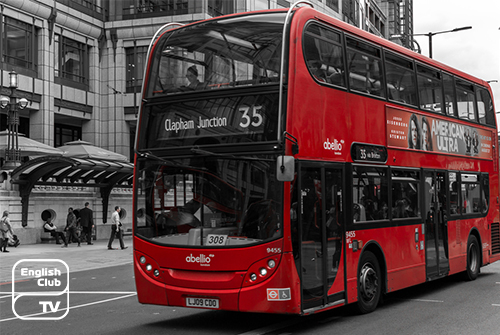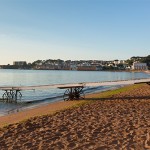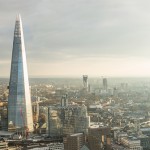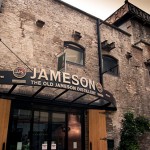Considered as an iconic symbol of England and Great Britain, double decker buses have dominated English transport for over a century, following its introduction in 1847 by Adams & Co of Fairfield in the UK. Miss Phyllis Thompson was the first licensed female to drive a double-decker in 1941. Transport carriages were initially drawn by horses, before the production of fuel-driven transport.
Traditionally red in colour, these buses have two decks, and the earliest models did not have a roof on the second level. They were, therefore, used by travel agencies to allow tourists to view the many attractions of the country, through time-saving city tours. These models were, however, abandoned in general public transport for safety reasons.
The accepted length of a double-decker bus in the UK is 9.5 metres (31 ft 2 in) to 11.1 metres (36 ft 5 in). The maximum length allowed is 18.75 metres (61 ft 6 in). There aren’t any restrictions on height, but the accepted height is 4.38 metres (14 ft 4 in). “Highbridge” buses may be about 8 inches taller.
The shorter length, with larger seating capacity and the efficient use of road area, has made these buses popular among public transport operators. The ‘Routemaster’ model of 1956 was the most widely used and was in operation for over half a century, but it presented difficulties in accommodation of physically challenged passengers since the staircase led to the second floor. Although discontinued from general service in 2005, they were used on heritage route 15H by ‘Transport for London’ as vintage buses, but that too ceased in 2014 due to the massive operational costs and low benefaction.
A hybrid-powered double-decker bus was manufactured in 2007 and more of this entered the service in London starting from 2008. During the 2012 Summer Olympics, a new ‘Routemaster’ was also introduced. It was designed by ‘Aston Martin’ and architects ‘Foster & Partners and was made more suitable for physically challenged users. It was built using modern green technology which includes solar panels costing up to £300,000 ($492,000 U.S.) each. This model presents 15% more fuel efficiency than the previous hybrid design and is 40% more cost effective than the diesel driven double-deckers.
Under an environmental conservation project located around London, five, all-electric emission-free double-decker buses were developed in China by BYD and released for public use in March 2016, in routes around London where pollution is a major issue. London’s “Environment and Energy Unit” was glad to welcome these new instalments to London transport, where its iconic double-deckers were now in use under a greener and cost efficient design.
Double-deckers no longer used in general transportation have now converted to camping homes and mobile holiday homes and some even as mobile cafés. One Routemaster, in particular, has been transformed into a mobile theatre. In the Harry Potter movie: “The Prisoner of Azkaban” A Routemaster was used turning it into a triple-decker. Others are either destroyed or used in ‘banger races’.









